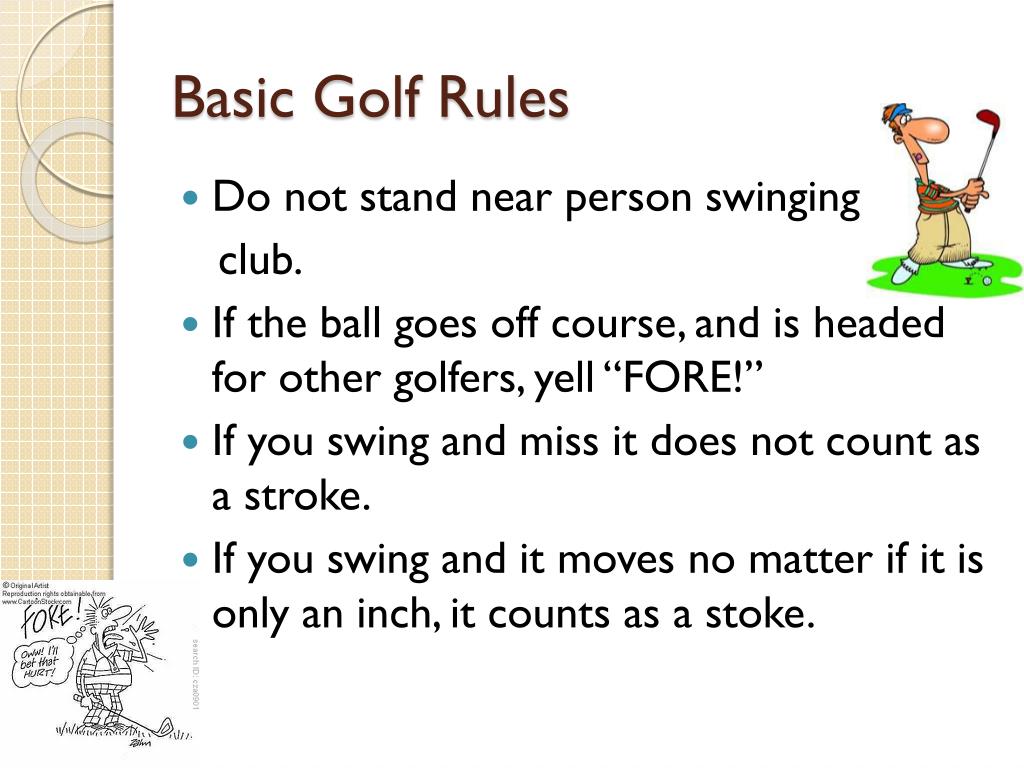The unwritten rules of professional etiquette
Avoid doing this to your contacts and it can help keep your relationships intact. If you want to share information with your contacts, ask before sending it https://asacentre.com/el-royale-casino/. Taking this one step can keep you from being blocked.
Amy Morin, LCSW, is a psychotherapist and international bestselling author. Her books, including “13 Things Mentally Strong People Don’t Do,” have been translated into more than 40 languages. Her TEDx talk, “The Secret of Becoming Mentally Strong,” is one of the most viewed talks of all time.
The rules of etiquette are just as important in the digital world as they are in the real world—and poor netiquette (also known as online etiquette or Internet etiquette) can stick around to haunt you for much longer.
5 rules of golf etiquette
Just because you like leaving the pin in for your putts doesn’t mean your playing partners feel the same way. If you’re nearest the flag and your playing partner is away, still offer to tend the flag for him, no matter the distance. Don’t assume he wants it left in. This used to be golf etiquette 101, but it seems to be disappearing at a rapid rate.
On the putting green, you want to make sure to watch your shadow and never stand directly behind anyone. You also don’t want to stand behind the hole as it’s also distracting as well. Make sure to stand behind fellow players if possible or far enough away to not be in the line of sight.
A golf, food and travel writer, Josh Sens has been a GOLF Magazine contributor since 2004 and now contributes across all of GOLF’s platforms. His work has been anthologized in The Best American Sportswriting. He is also the co-author, with Sammy Hagar, of Are We Having Any Fun Yet: the Cooking and Partying Handbook.
There are two things we all must do alone: die and putt. And while some folks might care about how you do the former, no one gives a whit about how you perform the latter. This might sound cold-hearted. In fact, it should be freeing. No need for apologies, excuses, explanations. Because, really, no one’s paying attention to your putting, or anything else about your game. Provided that you’re keeping up the pace.
Despite the outcome of the match or differences in opinion, the important thing is that you got to spend the afternoon playing this wonderful game knowing there are way worse places to be at any given moment in life. Remove your hat, remove your sunglasses, and always shake hands with your playing partners.

Where would an employee find an employers rules of etiquette
Edstellar stands out with its tailored corporate training programs and the Skill Matrix a powerful tool that helps businesses map, assess, and upskill employees not just technically, but also in terms of workplace behavior and professional conduct.
Workplace etiquette encompasses a set of unwritten rules and social norms that govern behavior and interactions within a professional setting. While specific customs may vary across industries and cultures, certain principles of etiquette remain universally applicable. These principles revolve around respect, courtesy, professionalism, and effective communication.
Gone are the days when business etiquette was limited to in-person interactions. Now, employees need to navigate video calls, remote emails, instant messages, and culturally diverse teams, all of which come with their own rules of engagement.
A newly hired employee joins a global virtual team and unintentionally interrupts others during a Zoom meeting, unaware of time zone challenges or communication preferences. Though their intent was good, the perception was negative, leaving team dynamics strained.
At Beetsol, we believe that etiquette isn’t just a “soft” skill, it’s a strategic asset that shapes organizational culture. That’s why our LMS helps businesses embed etiquette training into employee learning paths, ensuring that professionalism becomes a core part of every role, not just an afterthought.
The training was delivered through ten interactive batches, each lasting six hours. The first segment focused on global etiquette, covering appearance, email and communication norms, and professional conduct. The second half included hands-on modules on dining etiquette, social behavior, and rapport-building featuring live dining simulations conducted in partnership with hotel staff.
